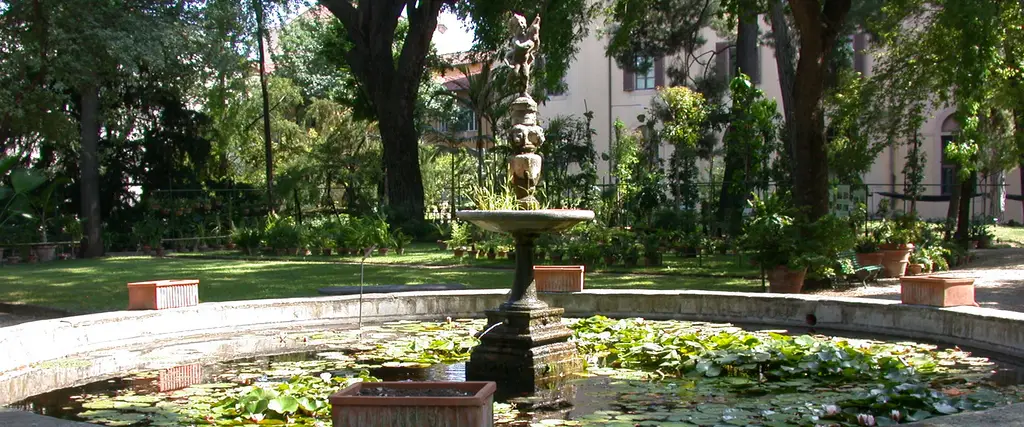
Museo di Storia Naturale dell'Università di Firenze - Botanical Garden, Giardino dei Semplici
The Botanical Garden, called also “Giardino dei Semplici”, created by the Medicis as a garden for medicinal plants (the “Simples”) in 1545, are among the oldest Gardens in the world. Between the 16th and 17th centuries, it enjoyed a period of great splendour. It covers an area of over two hectares, indoors and outdoors.
In its warm and cold greenhouses, built in the nineteenth century and the largest in Italy, are placed tropical and subtropical plants including the collections of Cicadae, of particular interest, Ficus, Palms, an ancient collection of citruses, succulent and aquatic plants, in addition to a rich collection of plants for traditional ethnobotanical uses.
Outdoors we find the vast collection of edible plants, the flowerbeds of medicinal and poisonous plants, the Zen garden and two acclimatization beds for exotic palms and Cicadae, hydrangeas in numerous varieties, the historical collection of azaleas, the pools with aquatic plants, among which there are species worthy of conservation, in addition to the lotus flowers and water lilies. Three display cases contain a small collection of carnivorous plants.
In the Garden, there are more than 200 trees, among which the magnificent 5 monumental trees, including the yew, planted in 1720 - the oldest specimen in the garden - and the cork oak of 1805.
Museo di Storia Naturale dell'Università di Firenze
Useful information
The ticket office closes one hour before the museum.
Closed: Easter, May 1st, August 15th, December 25th, January 1st
The Botanical Garden "Giardino dei Semplici" is laid out on a single level, with the removal of architectural barriers. The ticket office and the bookshop are located just beyond the entrance, on the left. The ticket office also serves as an information point and offers free brochures in Italian and English with an orientation map. For more information and to prepare a visit for audiences with special needs, it is recommended to contact the museum using the contact details provided below.
The restrooms and outdoor pathways are also wheelchair accessible. One of the restrooms is equipped with a changing table. People with sensory and/or cognitive disabilities can book a multisensory guided tour. People with mobility and/or visual impairments can book a guided tour in several stages using a small electric vehicle.
This museum belongs to the network Musei Welcome Firenze who organises guided tours, workshops and meetings for all types of publics (information and reservations at edu@sma.unifi.it).